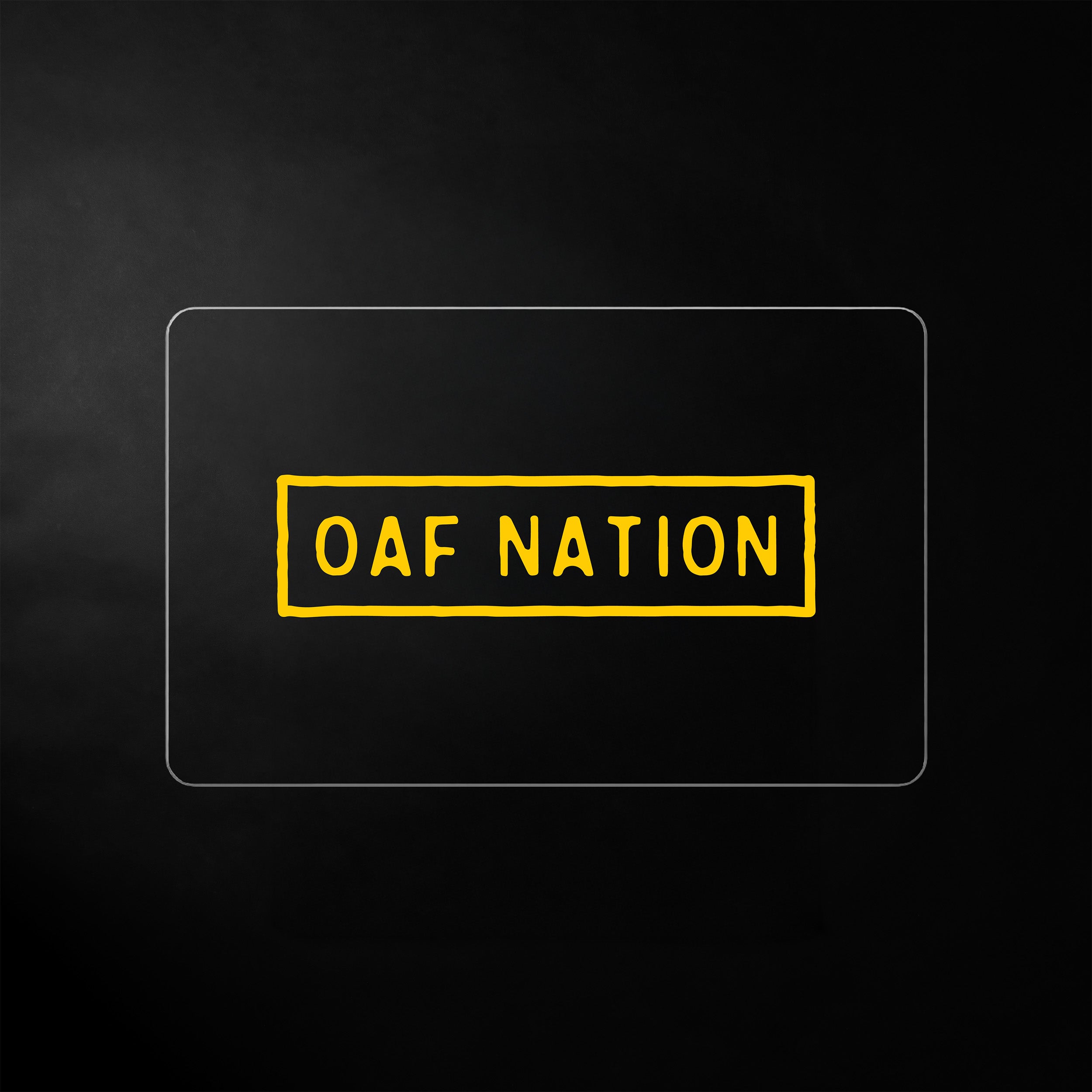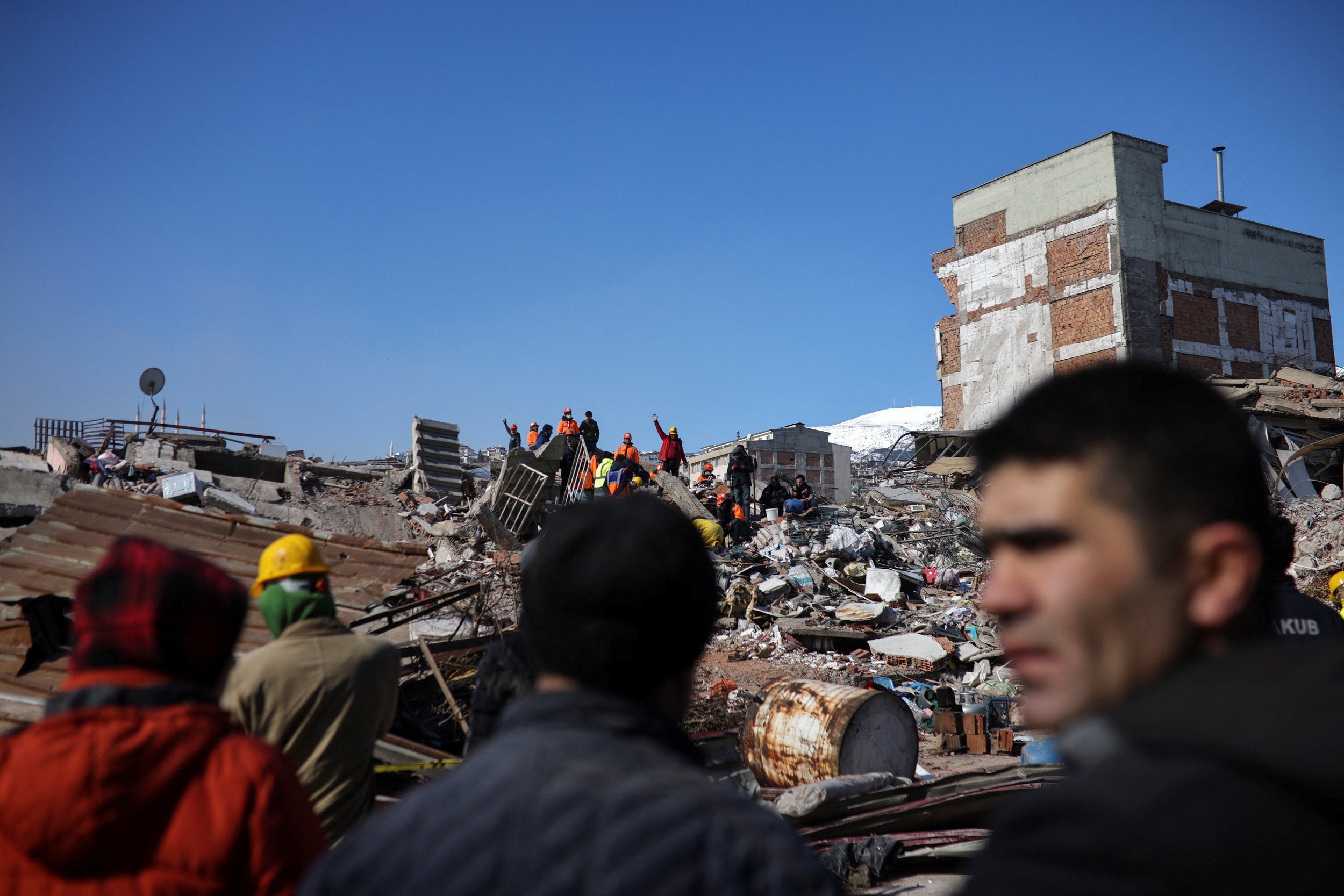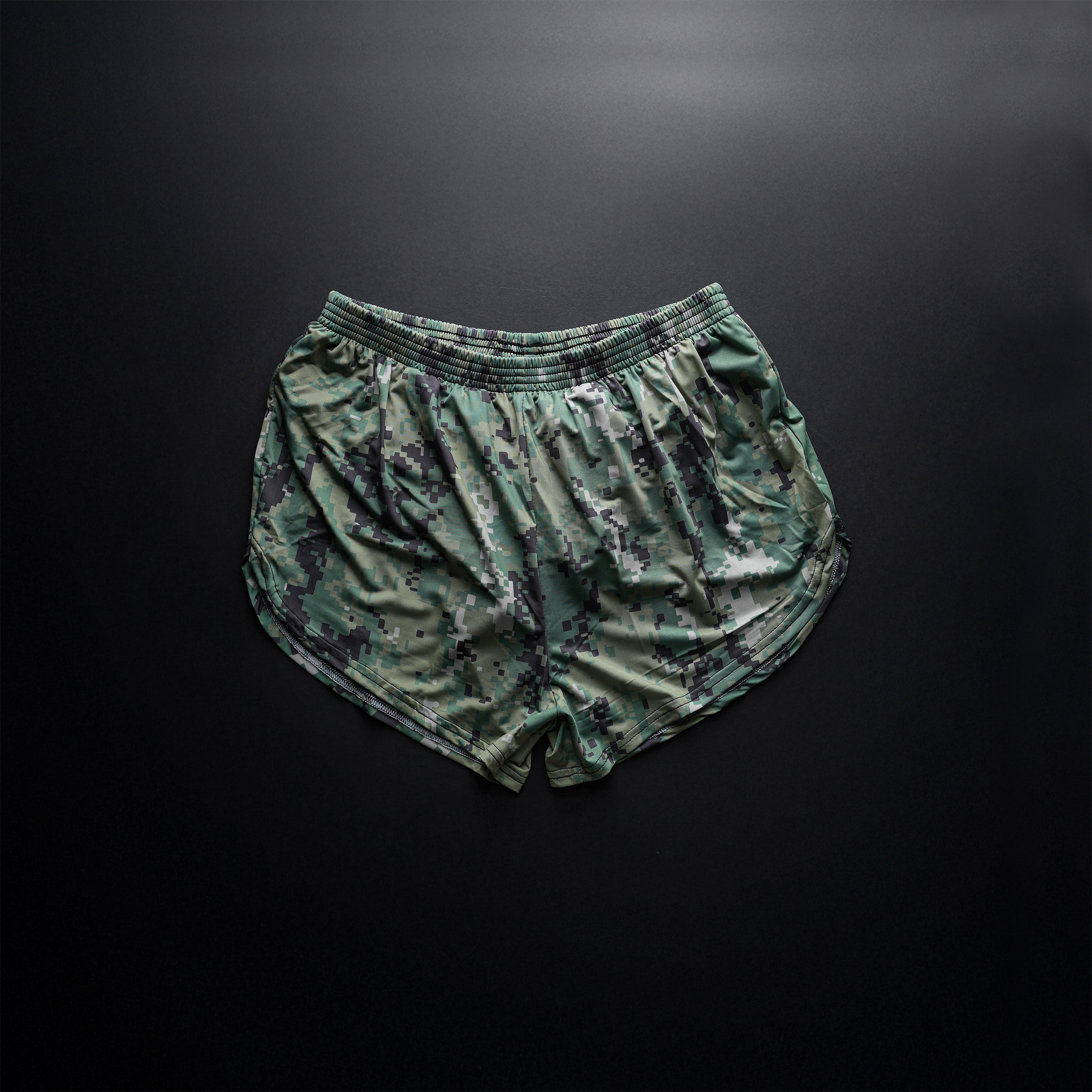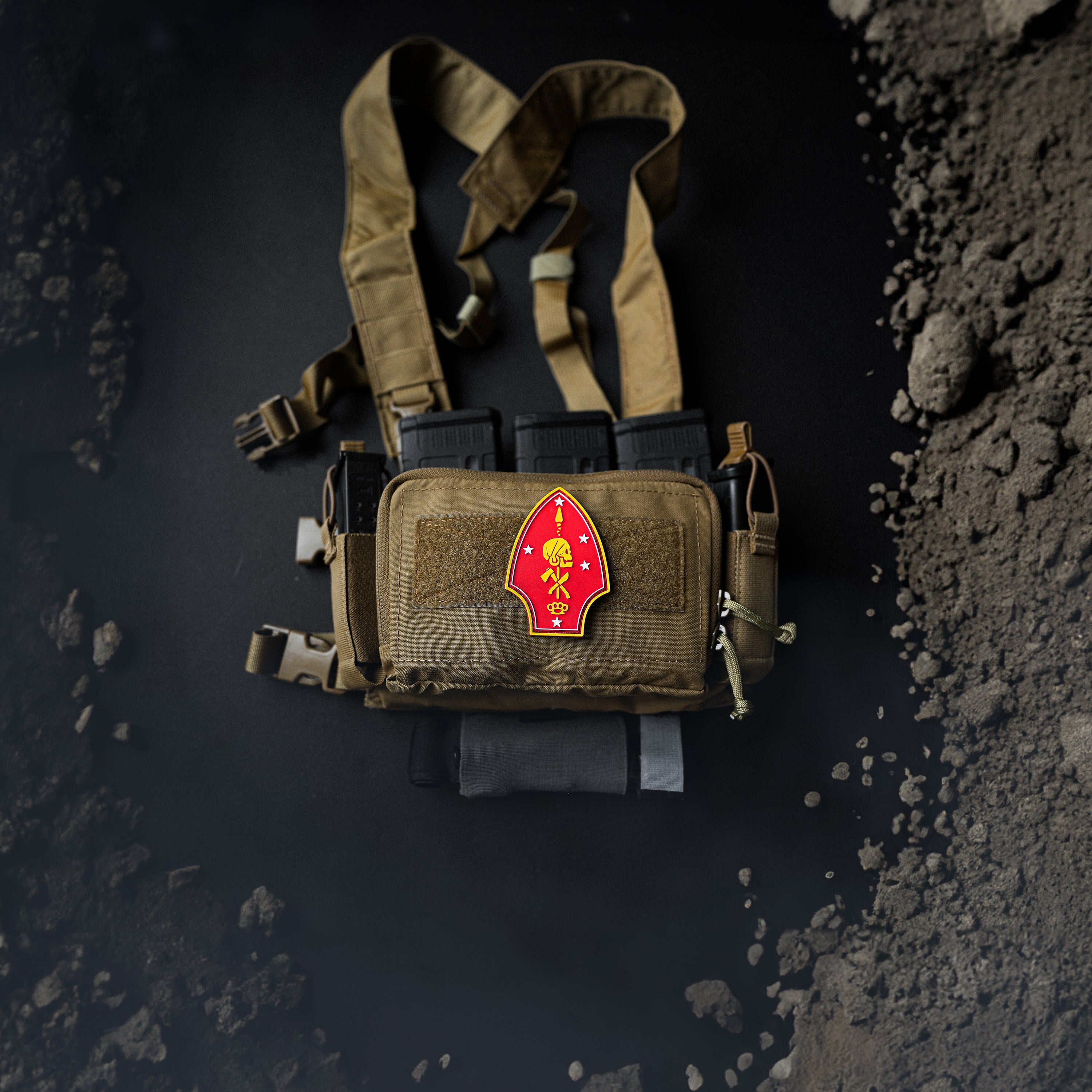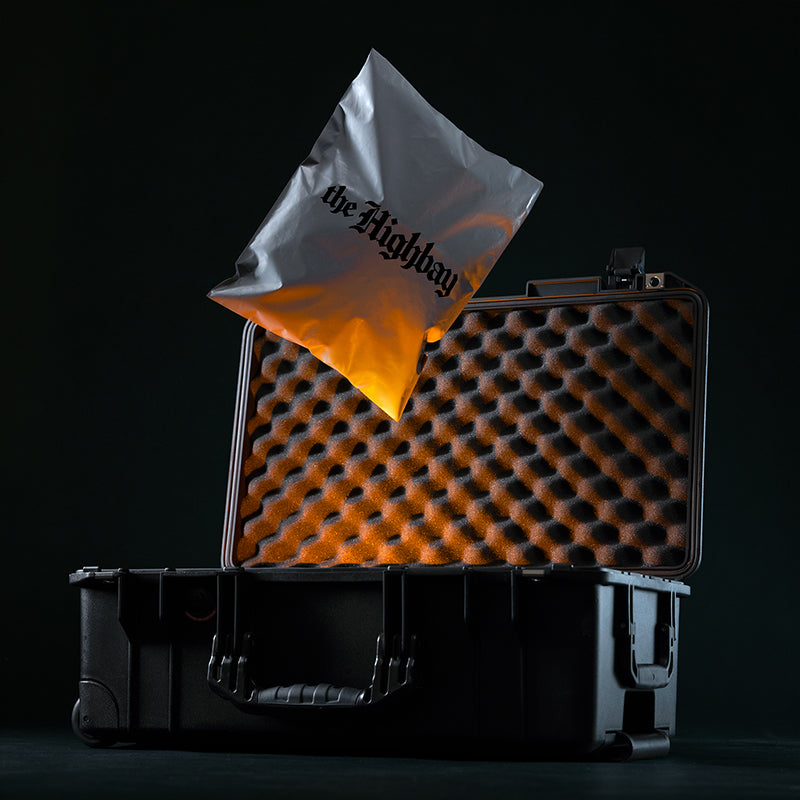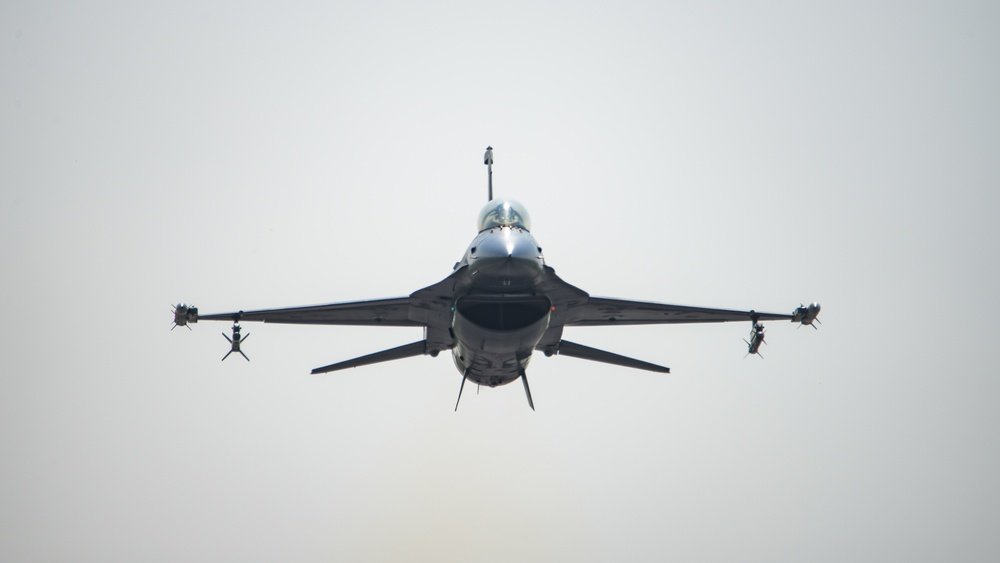
Factbox: The fighter jets Ukraine wants and the challenges to getting them
LONDON (Reuters) - Ukraine's President Volodymyr Zelenskiy said on Thursday several Western countries were ready to provide Kyiv with aircraft to defeat Russia's invasion.
There was no immediate confirmation of any such offer. But below are some details on the jets that Ukraine wants, and what it might get.
WHICH JETS DOES UKRAINE WANT?
Ukraine has been asking allies to provide modern fighter jets - dubbed "wings for freedom" in Zelenskiy's speech to British lawmakers this week - to replace its ageing fleet of Soviet MiG and Sukhoi planes.
U.S.-made F-16s are on its wish list because of their destructive power and global availability. It also wants Sweden's Gripen fighters, though it has said it is still discussing what jets allies could supply.
Ukraine has been relying on its existing fleet to attack Russian positions and carry out intercept flights, but its air force believes that newer jets could turn the tide of the war.
Such planes would "close the sky" to Russian attacks, Zelenskiy's adviser, Mykhailo Podolyak, said. They would "help to destroy practically any target" in the sky and on the ground, Ukraine's air force spokesperson said.
HOW SOON COULD UKRAINE START USING THEM?
Britain has said it would take years for Ukrainian pilots to learn how to operate new jet models, after Zelenskiy asked for Eurofighter Typhoon jets in London this week.
In a first step, London has agreed to start training pilots in the spring and said it will look at shortening the sessions for experienced Ukrainian pilots.
"This is not a simple case of towing an aircraft to the border," British Defence Minister Ben Wallace told the BBC.
"Without a pit crew, a Formula One car basically can't start and it certainly can't last more than a few laps. When you start doing high-end, sophisticated weapons like fighter jets, there's a pit crew that comes along with it, and we have to ask questions about that as well."
Britain has not committed to send any of its own Typhoons and said Ukrainian pilots might only be trained to fly Western planes after the war is over. Wallace said Britain would also need the consent of the other countries who make the Eurofighter - Germany, Italy and Spain - to send them.
Some fighter jet models are likely to prove more suitable than others.
Justin Bronk from the RUSI think tank said giving Typhoons to Ukraine would be a "very expensive symbolic gesture".
Jets would have to fly low to avoid Russian air defences. But Typhoons are optimised for high-level flying to give their missiles more range, a tactic that would be largely negated by the Russian long-range threat, Bronk argued in an analysis.
He said the Typhoons and F-16s would need to operate from smooth runways and centralised bases, while Sweden's Gripen planes could fly at lower altitudes and be serviced on shorter, rougher airstrips.
WILL UKRAINE GET THE FIGHTER JETS?
Ukraine is confident it will, and has pointed to previous times when allies were initially reluctant to send sophisticated weaponry, only to relent later.
The United States and France say they have not ruled out sending jets, though Germany has.
Swedish Prime Minister Ulf Kristersson did not rule out sending fighter jets but played down expectations, saying the issue was not on Stockholm's agenda at the moment.
Poland, one of the most hawkish supporters of Ukraine, said it would not take such a decision on its own and needed NATO to act as a group.
Slovakia has agreed to send 11 MiG fighters to Ukraine to expand its existing fleet.
Western governments have been wary of leaving their own countries undefended by giving away too much equipment.
They have also so far avoided sending anything that could strike deep into Russian territory, in case it gives Moscow a reason to escalate the war. The Kremlin has said that Western countries would be moving towards direct conflict with Russia if they send jets.
(Reporting by Max Hunder, Elizabeth Piper, Pavel Polityuk, Angelo Amante, Niklas Pollard, Sabine Siebold; writing by Matthias Williams; Editing by Andrew Heavens and Ben Dangerfield)

